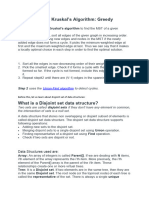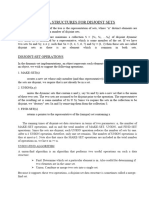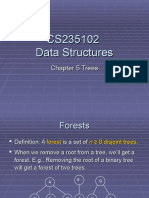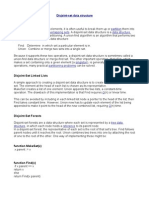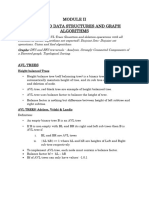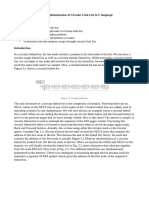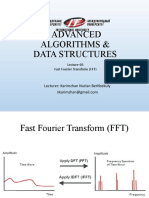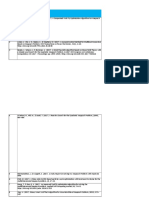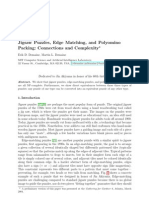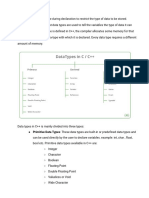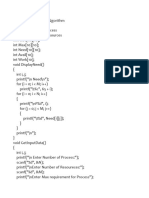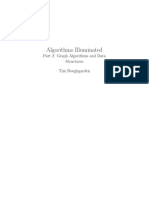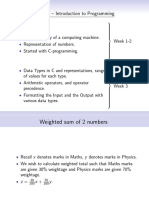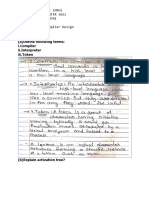0% found this document useful (0 votes)
37 views82 pagesUnit 2 Daa Updated 26th
The document provides an overview of sets and disjoint sets, explaining key concepts such as set cardinality, union, intersection, and operations like FIND-SET and UNION. It also discusses tree structures for implementing disjoint sets, weighted union techniques, and algorithms for graph traversal including Depth-First Search (DFS) and Breadth-First Search (BFS). Additionally, it covers spanning trees and algorithms like Kruskal's and Prim's for finding minimum spanning trees.
Uploaded by
goparapusathvikaCopyright
© © All Rights Reserved
We take content rights seriously. If you suspect this is your content, claim it here.
Available Formats
Download as PPTX, PDF, TXT or read online on Scribd
0% found this document useful (0 votes)
37 views82 pagesUnit 2 Daa Updated 26th
The document provides an overview of sets and disjoint sets, explaining key concepts such as set cardinality, union, intersection, and operations like FIND-SET and UNION. It also discusses tree structures for implementing disjoint sets, weighted union techniques, and algorithms for graph traversal including Depth-First Search (DFS) and Breadth-First Search (BFS). Additionally, it covers spanning trees and algorithms like Kruskal's and Prim's for finding minimum spanning trees.
Uploaded by
goparapusathvikaCopyright
© © All Rights Reserved
We take content rights seriously. If you suspect this is your content, claim it here.
Available Formats
Download as PPTX, PDF, TXT or read online on Scribd
/ 82








